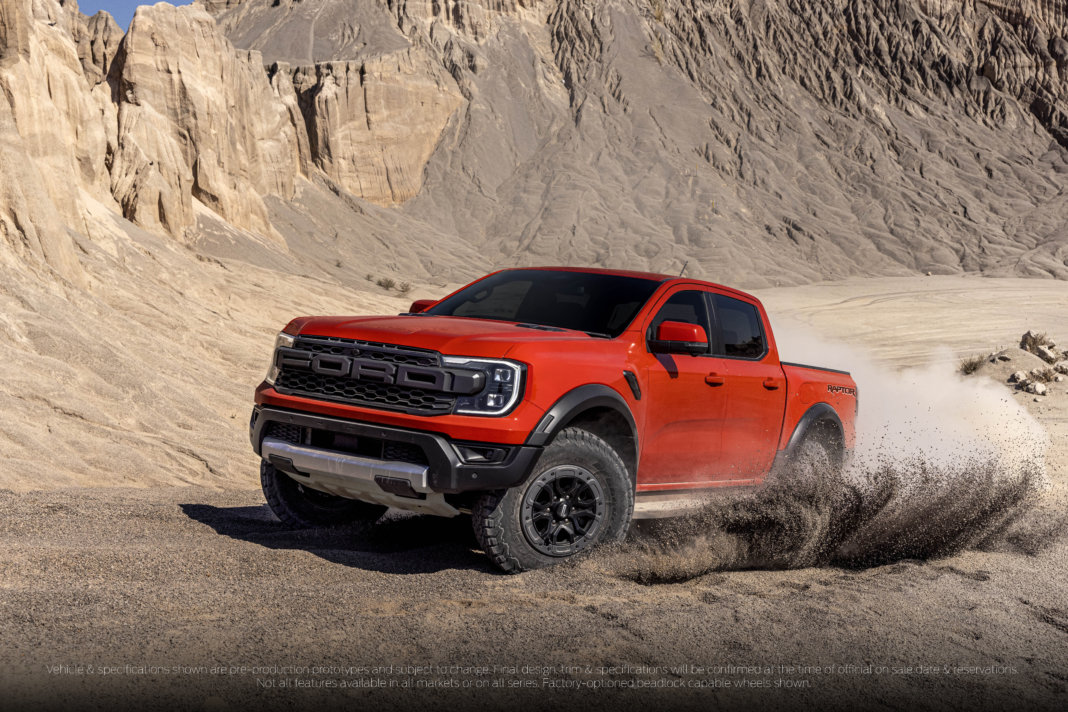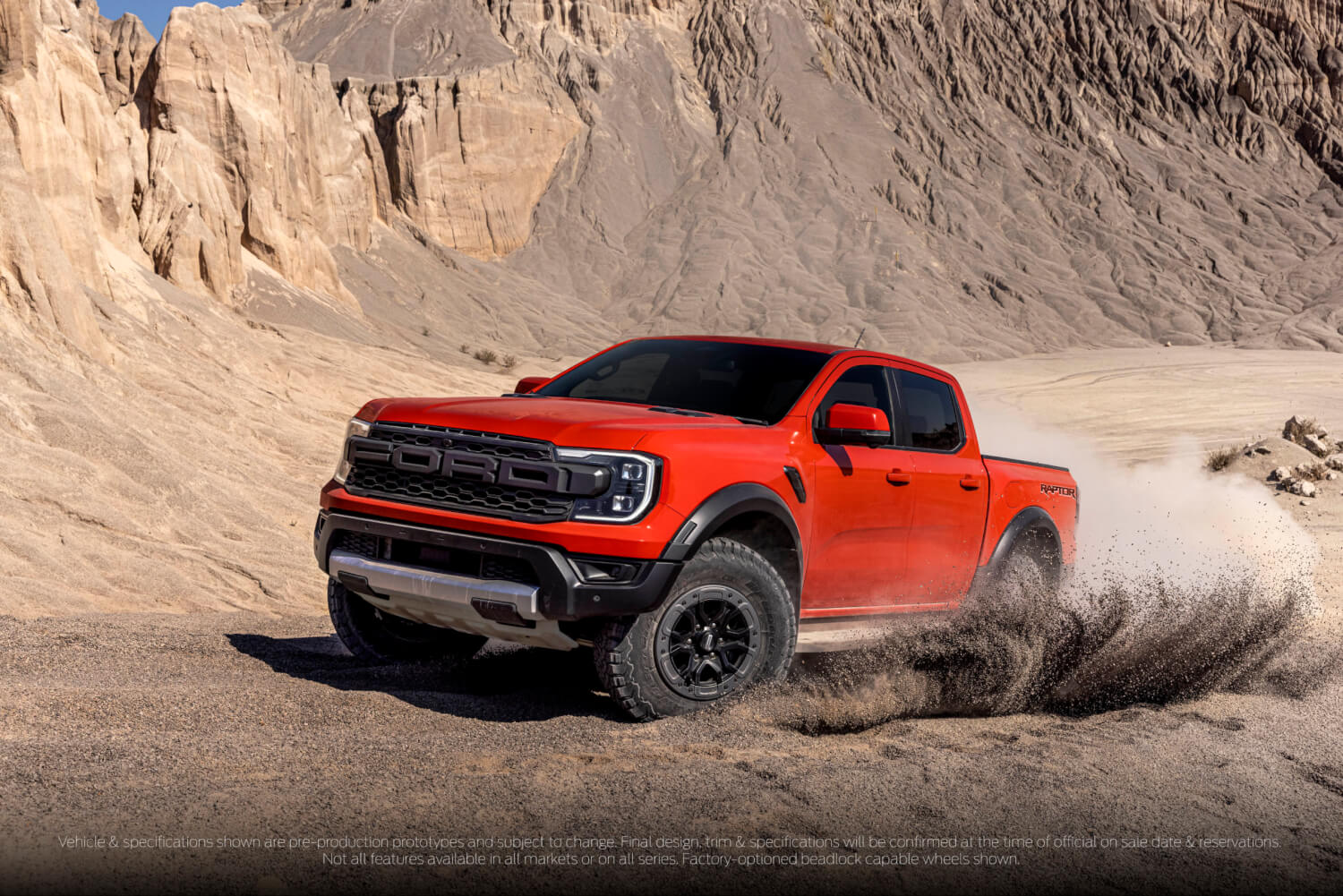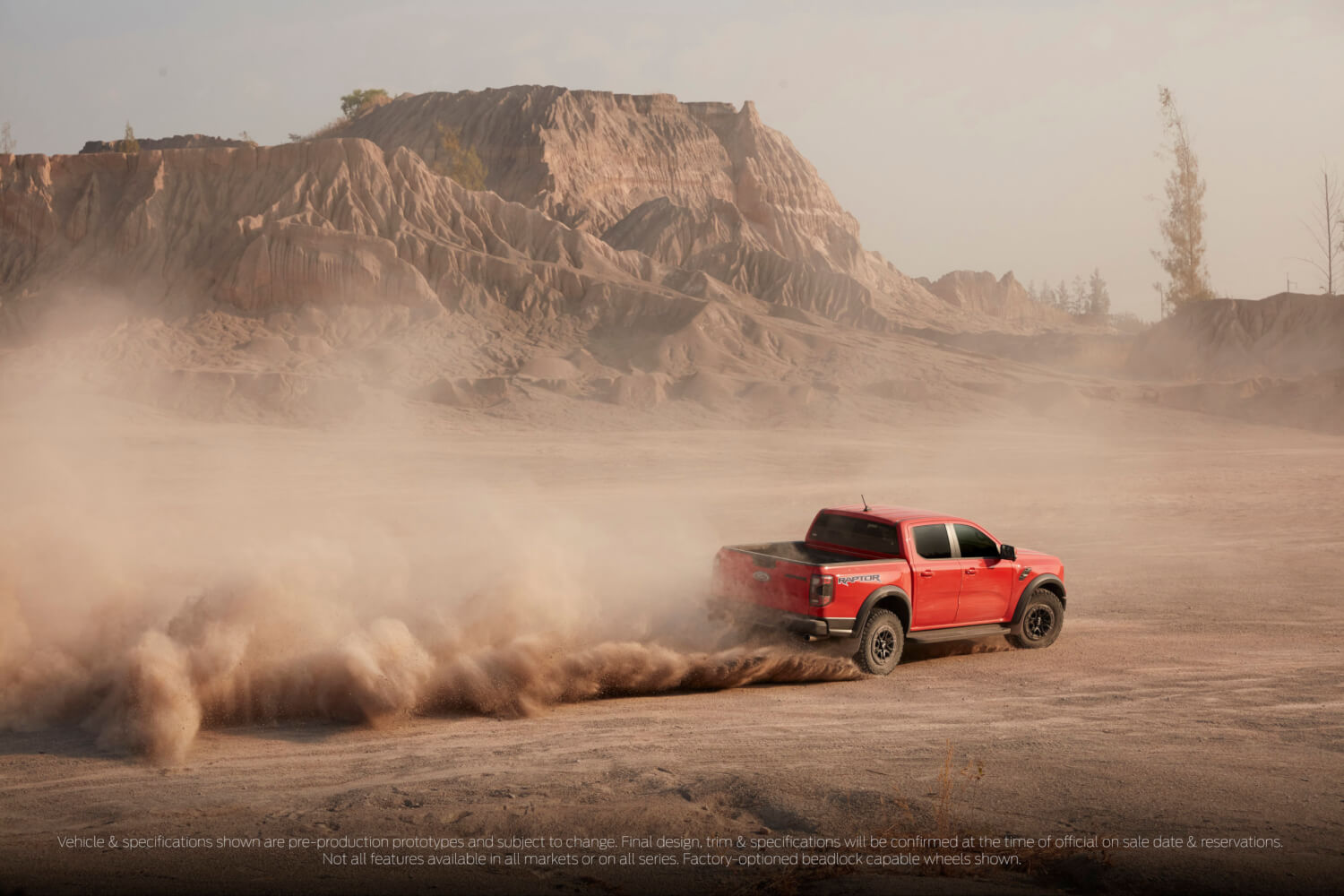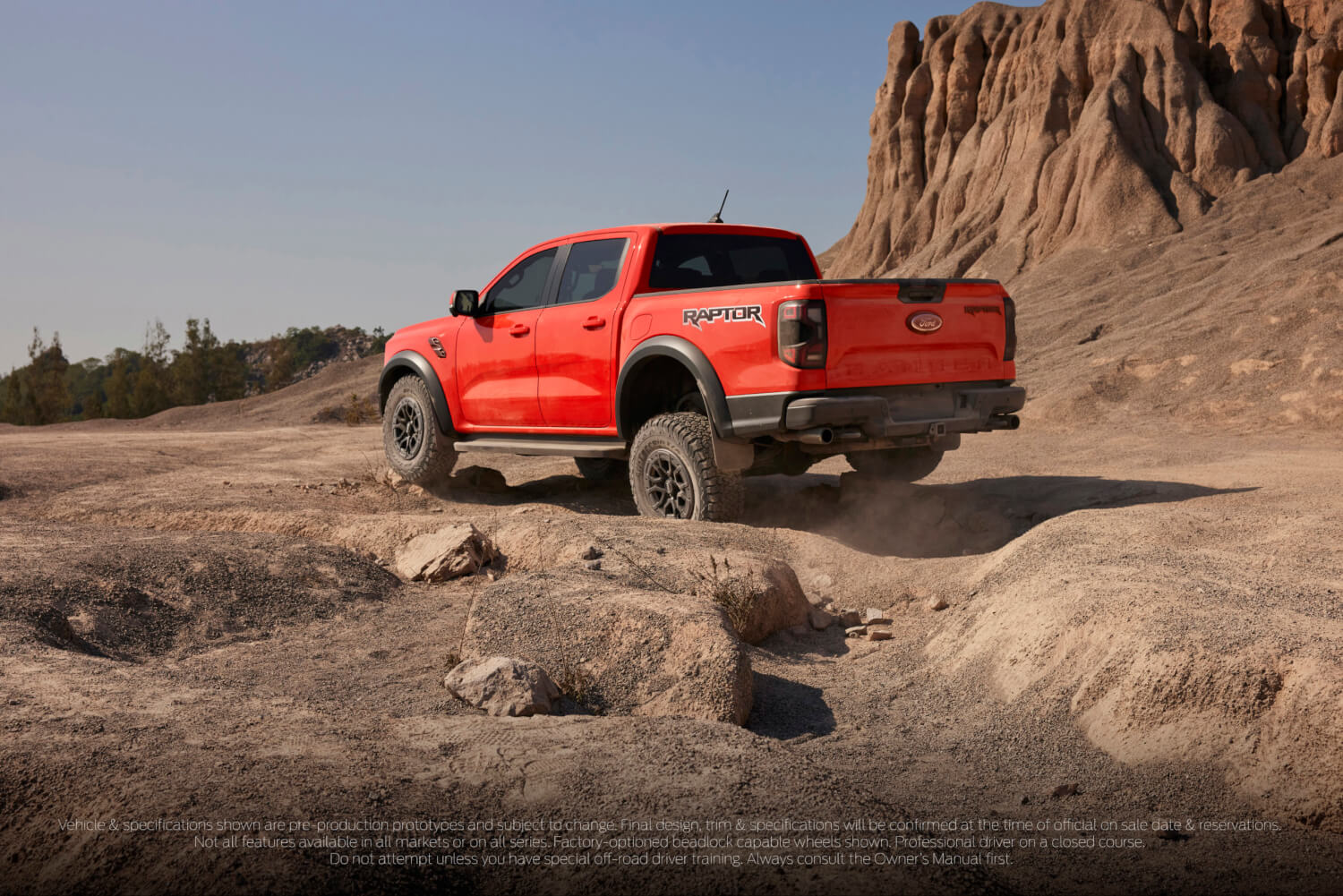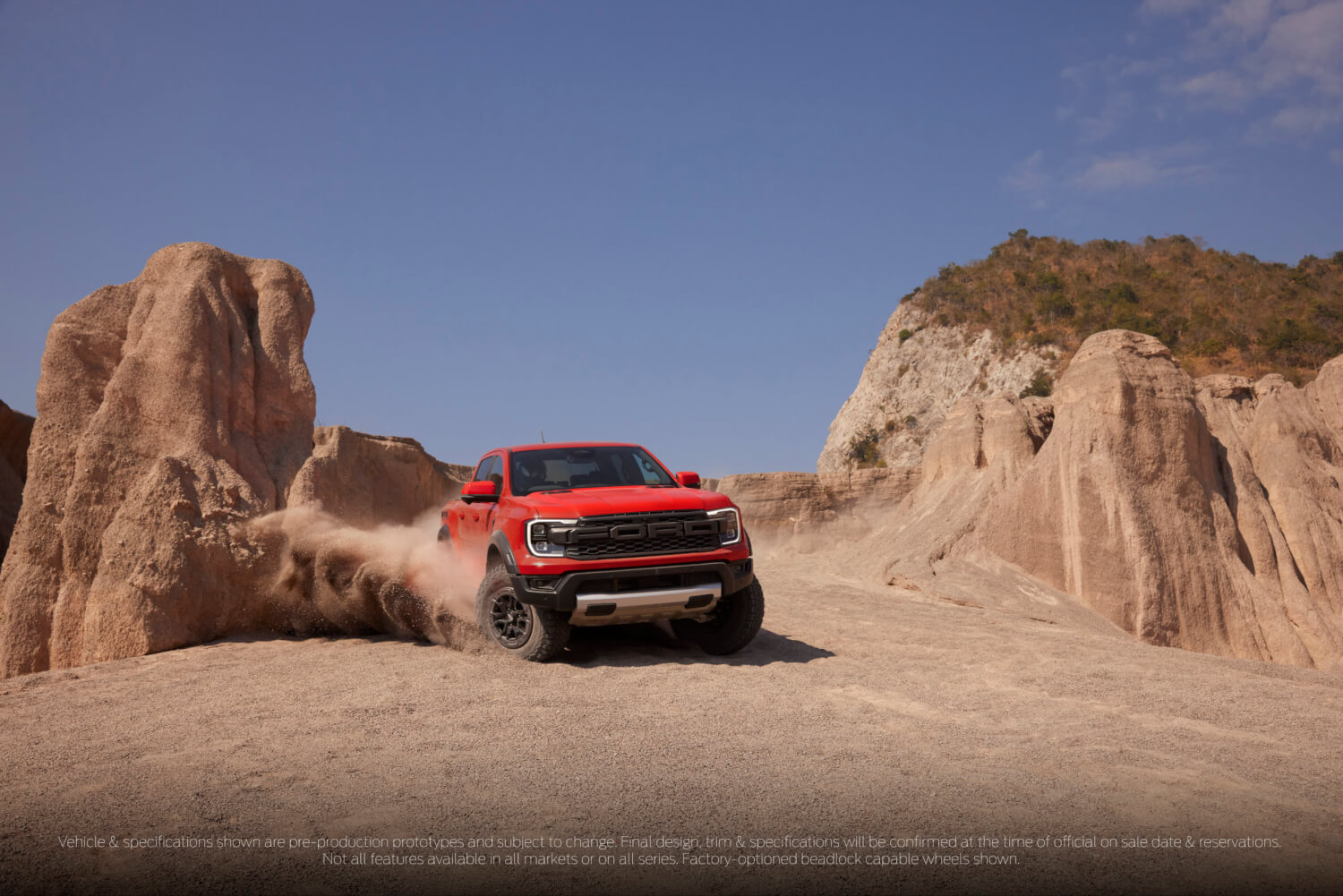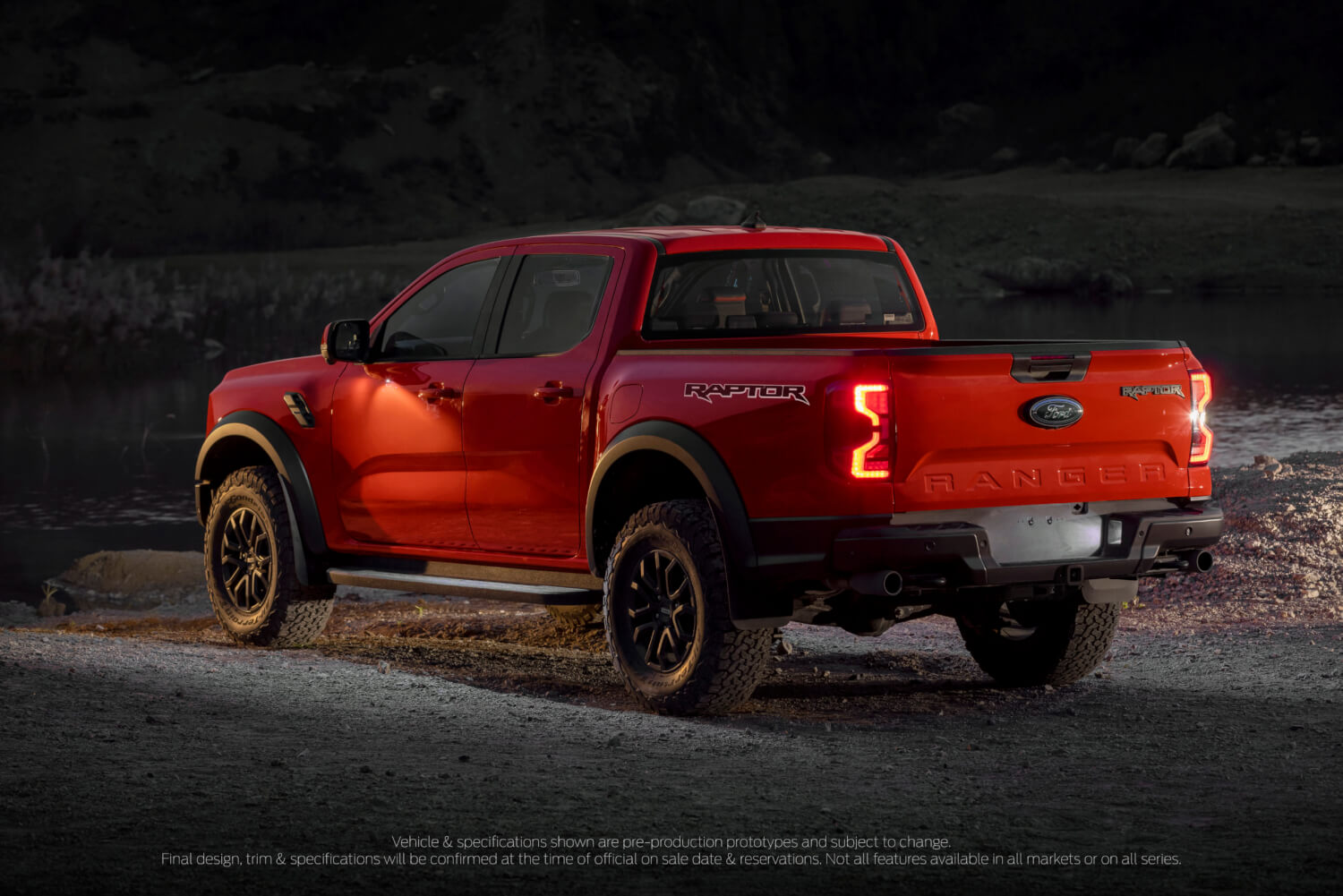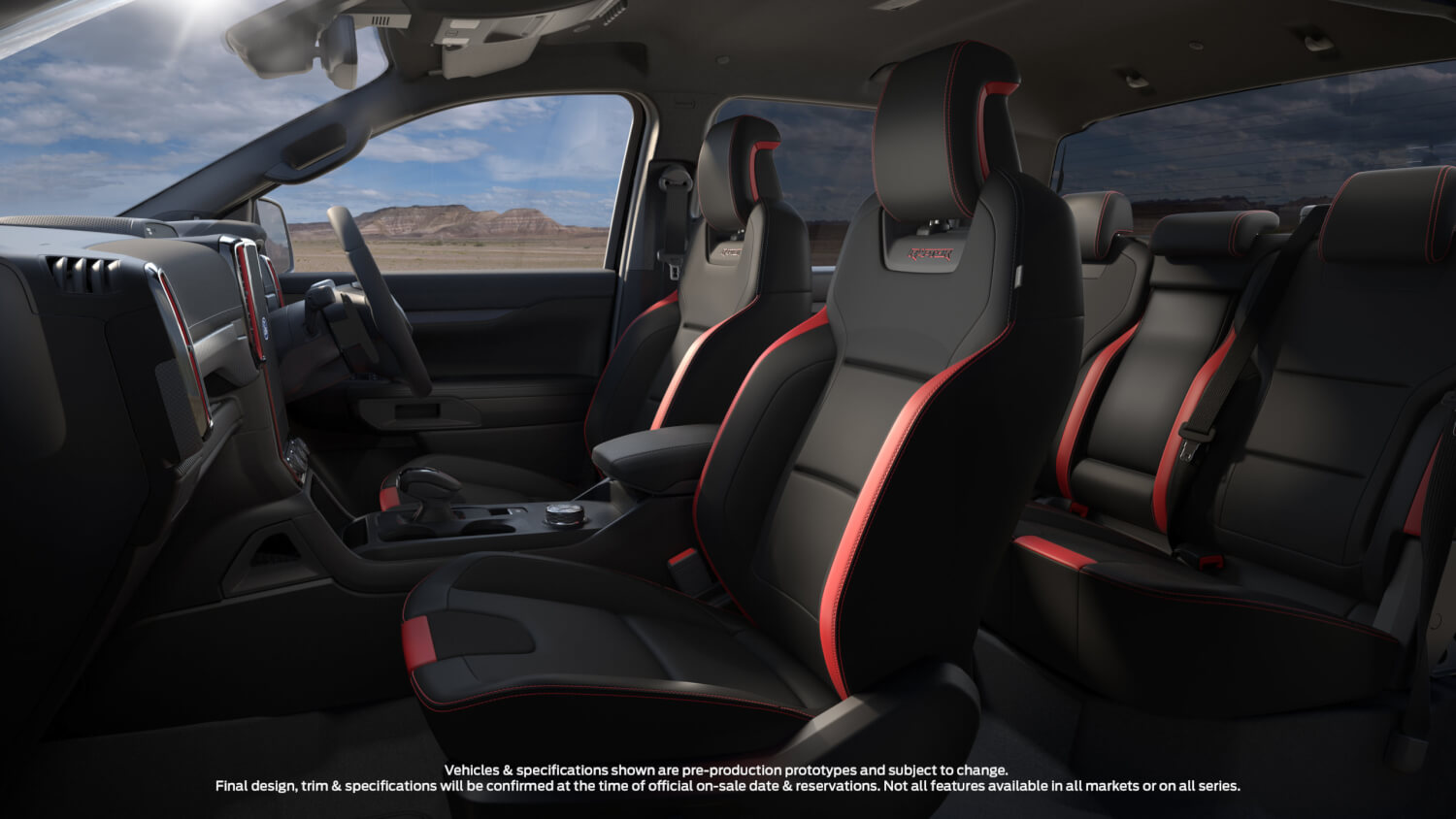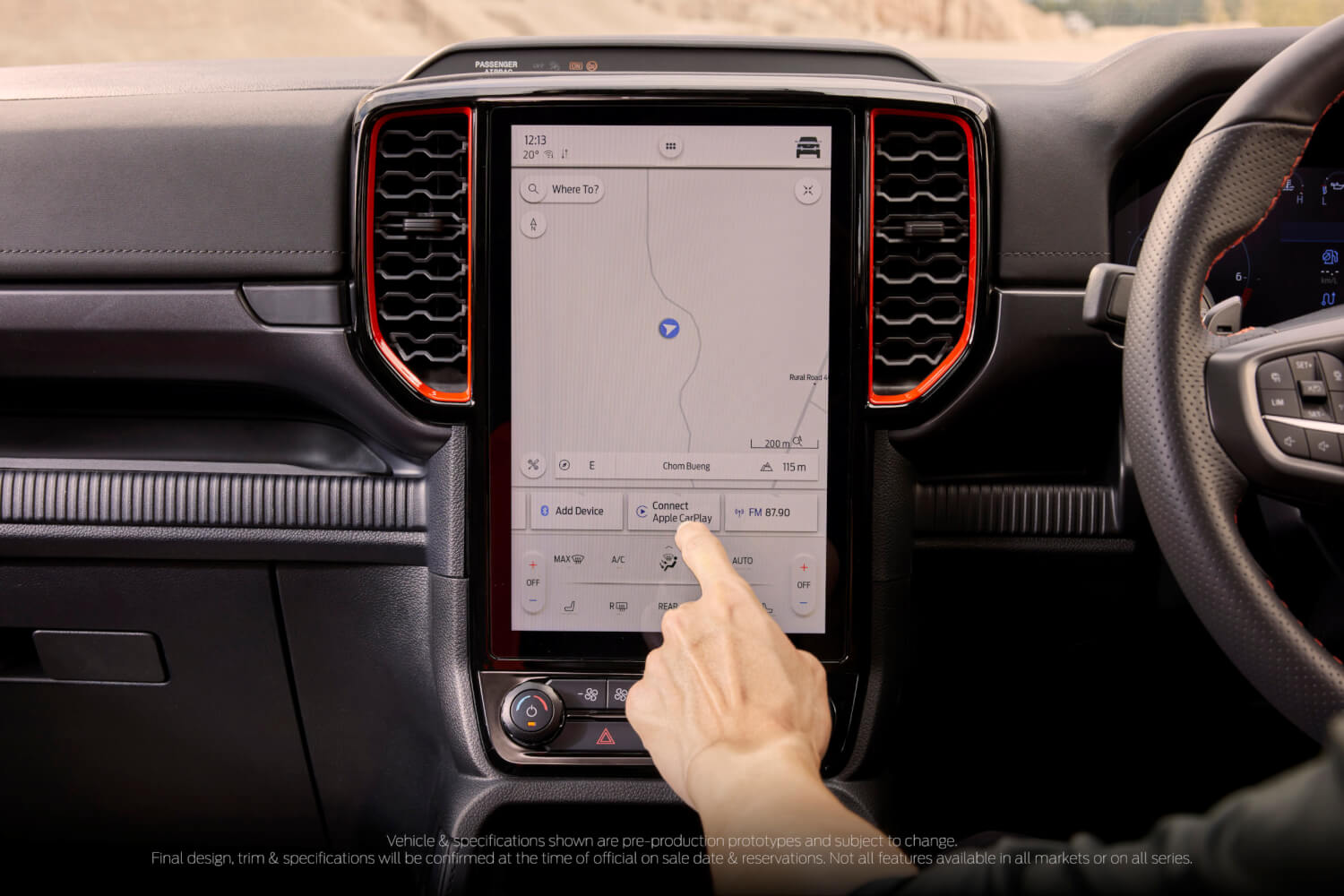After introducing the all-new Ranger in November last year, Ford remained coy on releasing the details of the Ranger Raptor. That was the case, until today, with Ford finally unveiling the second-generation Ranger Raptor.
The Ranger Raptor is designed to be the halo model of the Ranger line-up. The roots of the Raptor name lie in North America, where Ford engineers used it on high-performance pick-up trucks. However, this Ranger Raptor is developed by the Australian design and engineering team alongside the Ford Performance team.
Fortunately for the off-road enthusiasts and rich tradies amongst us, Ford has clearly spent the extra time wisely.
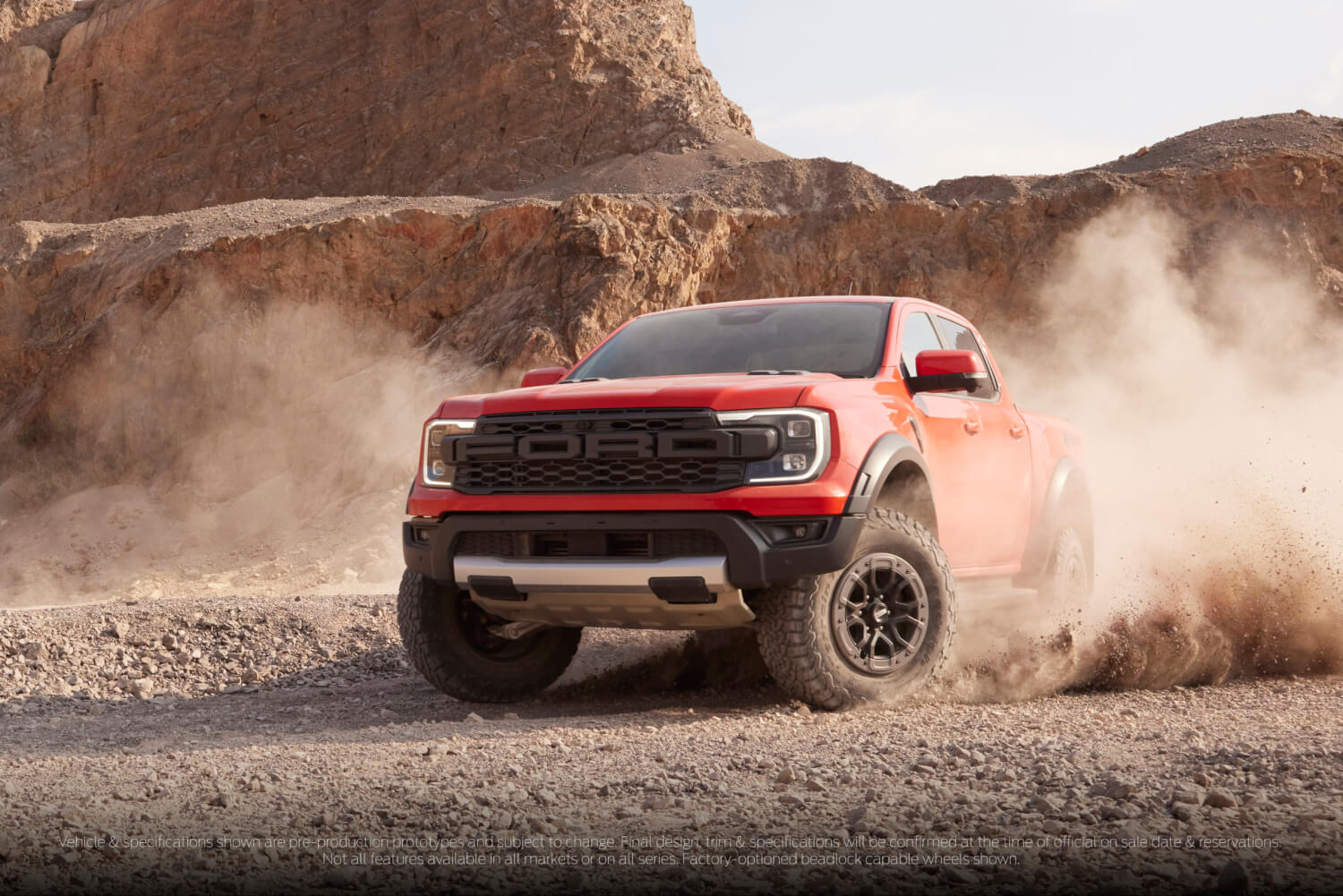
The big news is under the bonnet. The new Ranger Raptor is powered by a 3.0-litre V6 Twin Turbo EcoBoost, delivering a mighty 292kW of power and 583Nm torque, a huge jump in performance over the old power plant.
For those that don’t know it already, the 2-litre twin turbo diesel in the first-generation Ranger Raptor was hardly gutless. It produced a respectable 157kW of power and 500Nm of torque. With the second generation, Ford has clearly said nuts to that and nearly doubled the power!
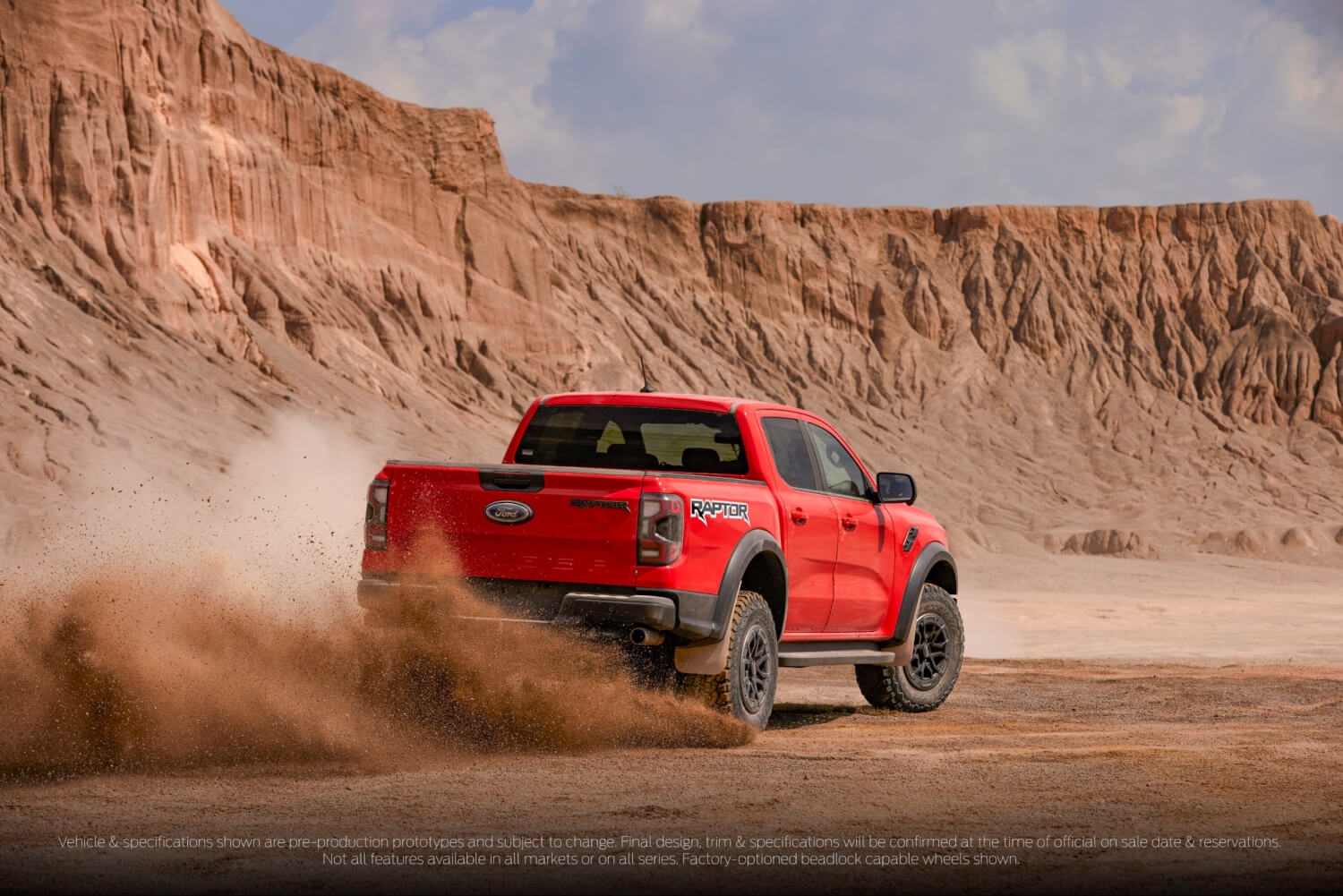
Naturally, there’s some serious engineering backing up all that added power. The engine block is made with graphite-iron which is around 75% stronger and up to 75% stiffer than the iron used in traditional castings. Ford paired the engine with a 10-speed automatic transmission – each gear programmed with its own boost profile.
Then, Ford added seven different drive modes. Three for the road, four for off-road. One of these modes is named Baja. In Baja mode, all the electronic systems are cranked up to 11. The active valve exhaust system opens up, and engine activates its anti-lag system, which keeps the turbochargers spooling for up to three seconds after you’ve backed off the throttle, this means you’ll get a burst of power once you’re back on the throttle.
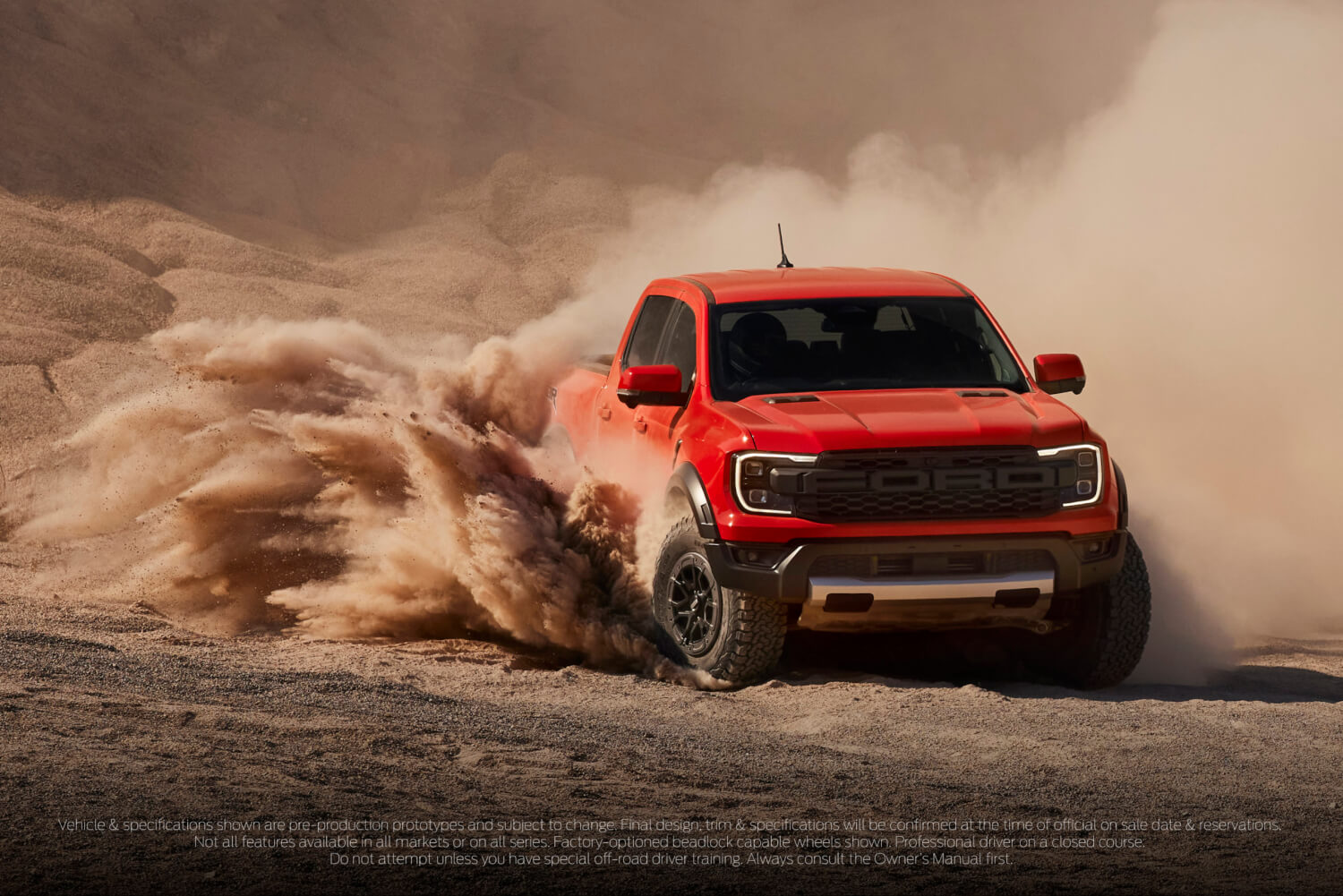
The results speak for themselves. During Ford’s testing, the new ute completed their off-road testing track nearly a minute quicker than the outgoing model. During the presentation, a Ford spokesperson said the Ranger Raptor is “hot-hatch fast, on dirt”, and the numbers clearly aren’t lying.
Of course, it wouldn’t be a Raptor without some special attention underneath the body. Fortunately for the enthusiast, Ford has gone to town with the off-road toys.
The Ranger Raptor gets an advanced permanent four-wheel drive system with an electronically controlled on-demand two-speed transfer case, combined with two locking differentials – front and rear. The Ranger Raptor also incorporates Ford’s ‘Trail Control’ – which is like a low-speed off-road cruise control – managing acceleration and braking while the driver concentrates on steering.
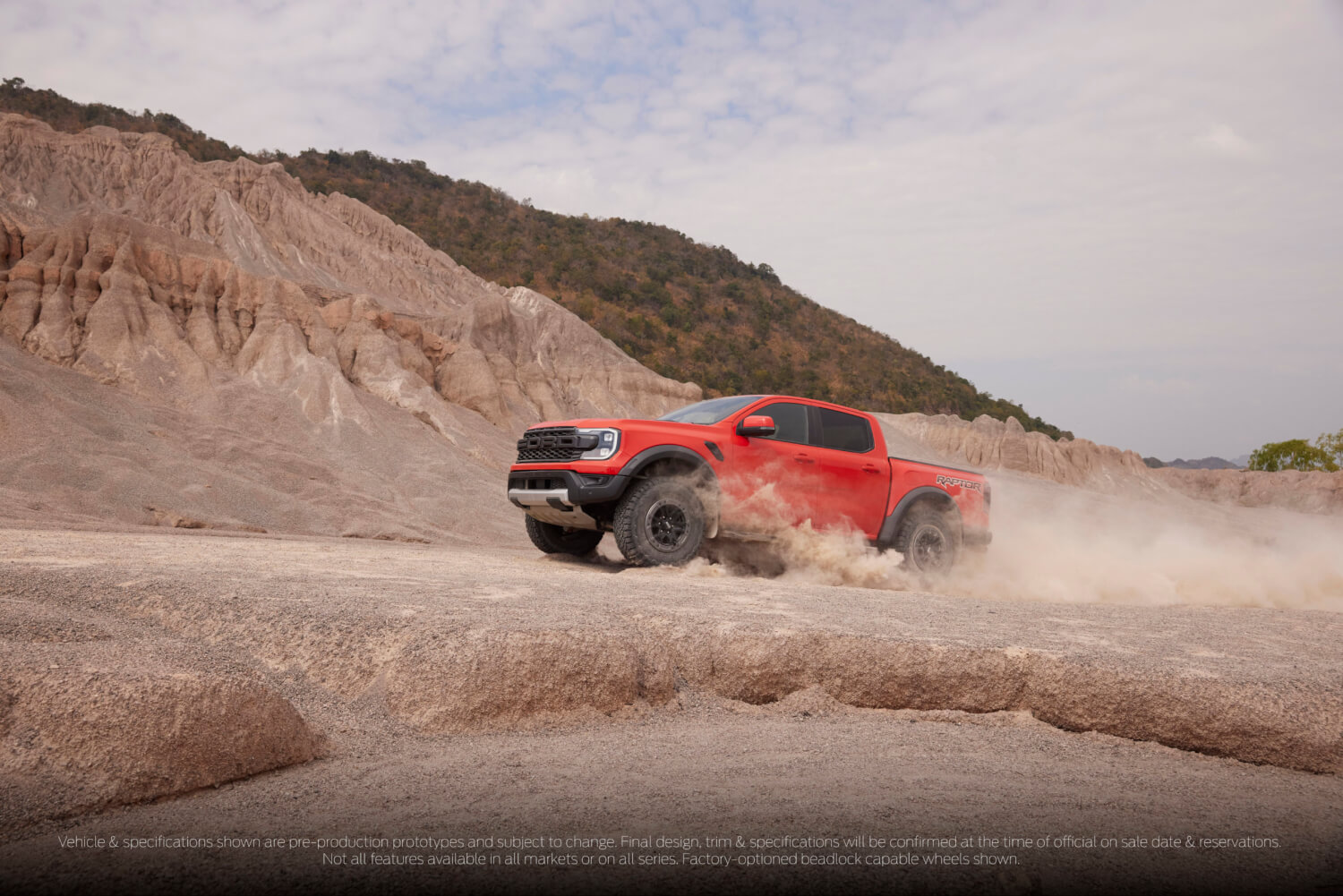
Ranger Raptor’s suspension has also been completely redesigned. There’s new lightweight aluminium upper and lower control arms, long-travel front and rear suspension and refined Watt’s link-equipped coil-spring rear suspension.
Although, the jewel in the crown of the Raptor’s suspension is the racing-developed 2.5’’ FOX Live Valve dampers.
Ford says these new shocks are the most sophisticated ever on Ranger Raptor. They’re filled with Teflon, an infused oil which reduces friction by around 50% compared to those on the previous Raptor. Ford says the shocks have cutting-edge control technology and position-sensitive damping capability. One of their tricks is Bottom-Out Control, which provides maximum damping force in the last 25% of shock travel, and stiffens the rear dampers to prevent squatting under hard acceleration.
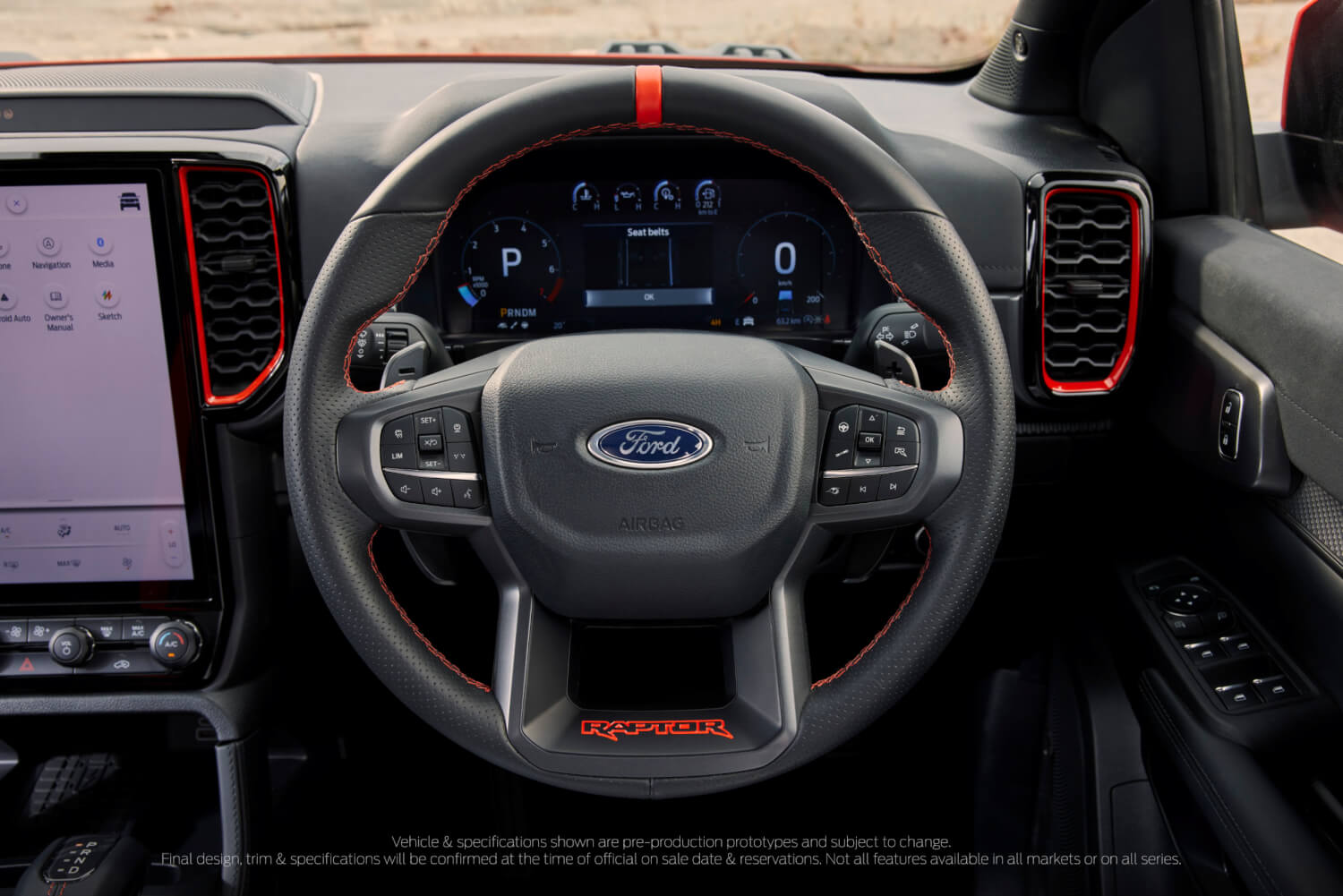
The chassis of the Ranger Raptor is also modified compared with the newest Ranger. There’s a series of unique mounts and reinforcements designed for the C-pillar, shock towers, rear shock bracket load box and spare wheel, allowing the Raptor to stand-up to more off-road punishment. There’s also plenty of underbody protection in all the right places, including a 2.3mm-thick high-strength steel front bash plate – almost double the size of the standard Ranger bash plate.
The whole frame sits on 17-inch alloys with BF Goodrich All-Terrain KO2 tyres as standard.

For all the technical upgrades, Ford hasn’t forgotten about the passengers inside. The cabin features a high resolution 12.4-inch digital cluster and a 12-inch centre infotainment using Ford’s latest SYNC 4A software. There’s also heated seats, wireless phone charging and a Bang & Olufsen sound system.
The new Ranger Raptor is due to arrive on New Zealand shores in the second half of 2022. Full NZ specs, fuel economy and pricing are yet to be confirmed, but judging by current prices of the out-going model, expect to pay north of $85,000 NZD.
Hey Ford – we’ll be free in July. If you get my drift…


